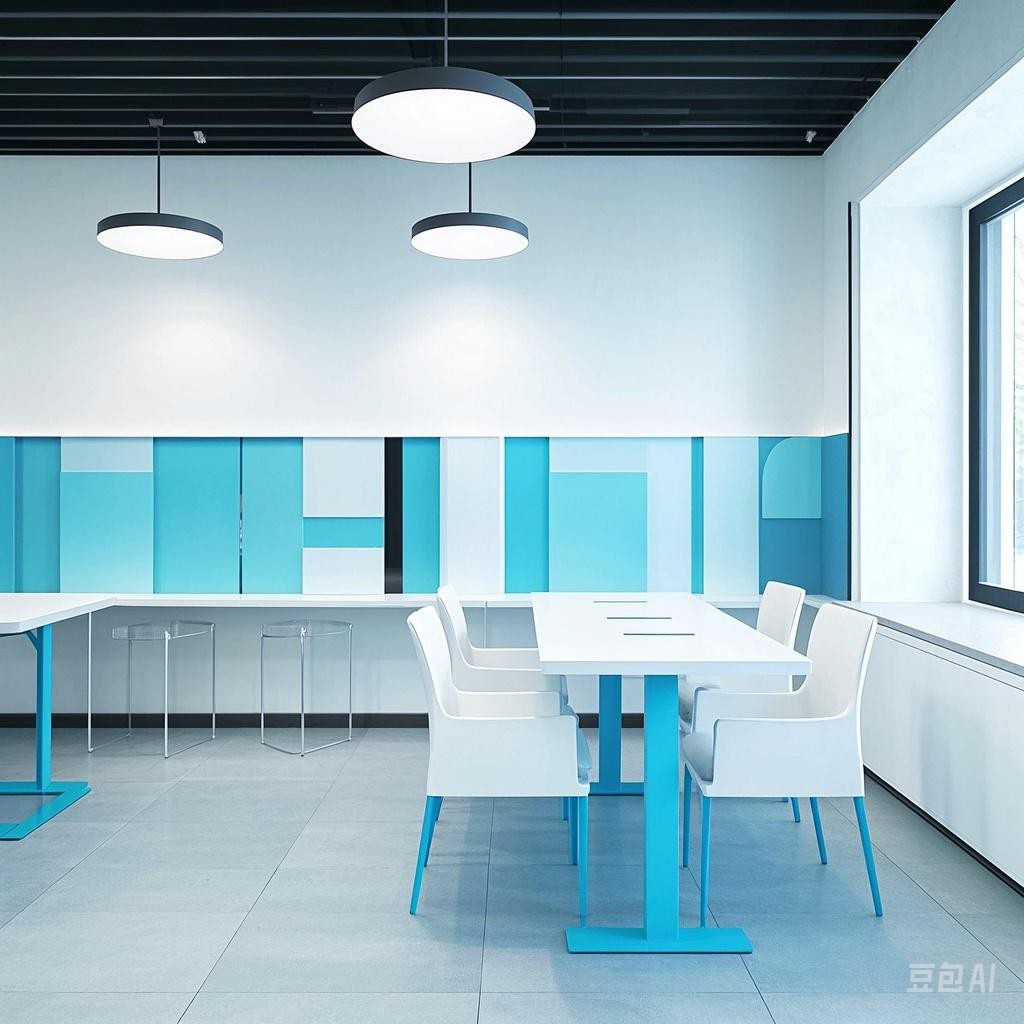Berlin’s Tesla Factory Gateway is a cornerstone of the electric vehicle (EV) revolution, symbolizing not just the technological prowess of Tesla but also the city’s commitment to sustainable mobility. This article delves into the inner workings of the factory, its significance, and the broader impact it has on Berlin and the world.
The Significance of Berlin’s Tesla Factory
Economic Impact
Tesla’s presence in Berlin is a major economic boost. The factory, known as Gigafactory Berlin-Brandenburg, is one of the largest automotive manufacturing plants in the world. It is expected to create thousands of jobs, both directly at the factory and indirectly through the supply chain.
- Direct jobs: Around 12,000 employees are expected to work at the factory.
- Indirect jobs: The factory's supply chain is expected to create an additional 30,000 jobs.
Technological Advancements
The factory is a testament to Tesla’s commitment to innovation. It incorporates the latest in EV technology, from battery production to vehicle assembly. The factory’s use of automation and robotics is at the forefront of the industry.
Sustainable Practices
Tesla has made sustainability a priority at the factory. The facility is designed to be energy-efficient, with renewable energy sources like solar panels and wind turbines. The company aims to reduce its carbon footprint and contribute to a greener future.
The Factory’s Design and Operation
Design Principles
The factory’s design reflects Tesla’s ethos of efficiency and innovation. The building is spacious and modular, allowing for flexibility in production and expansion.
- Modular design: The factory can be easily expanded or reconfigured as needed.
- Open space: The large, open floor plan allows for efficient movement of materials and workers.
Production Process
The production process at the Berlin factory is a blend of manual and automated work. Key steps include:
- Battery Production: The factory is designed to produce battery cells, modules, and packs. It uses advanced manufacturing techniques to ensure high-quality output.
- Vehicle Assembly: Once the batteries are ready, they are used to assemble Tesla vehicles. The process is highly automated, with robots handling much of the work.
- Automated assembly lines: Robots perform tasks like welding and painting.
- Human oversight: Engineers and technicians monitor the process to ensure quality control.
The Impact on Berlin
Infrastructure Development
The construction of the factory has spurred infrastructure development in the region. New roads, utilities, and public transportation improvements have been made to support the factory’s operations.
Community Engagement
Tesla has been proactive in engaging with the local community. The company has invested in local businesses and has established partnerships with educational institutions to support training and development.
The Broader Global Impact
Global Supply Chain
The Berlin factory is part of Tesla’s global supply chain. It allows the company to reduce shipping costs and delivery times, particularly in Europe.
Market Expansion
With the Berlin factory, Tesla can cater to the growing European market for EVs. This expansion is crucial for the company’s global growth strategy.
Conclusion
Berlin’s Tesla Factory Gateway is more than just a manufacturing plant; it’s a beacon of innovation and sustainability. Its economic, technological, and environmental impact is significant, not just for Berlin, but for the world. As Tesla continues to grow and evolve, the factory in Berlin will play a pivotal role in shaping the future of transportation.
